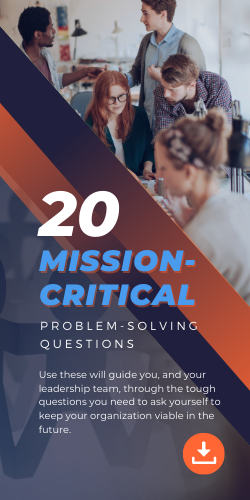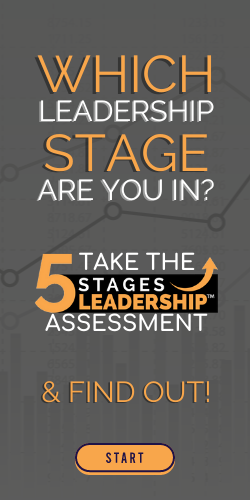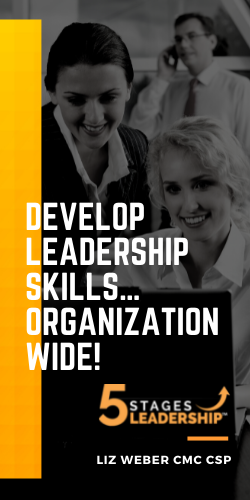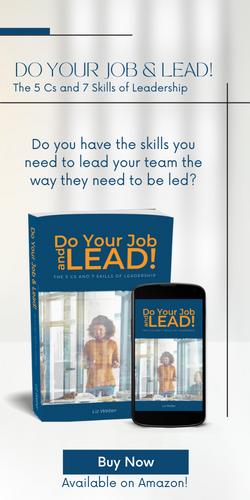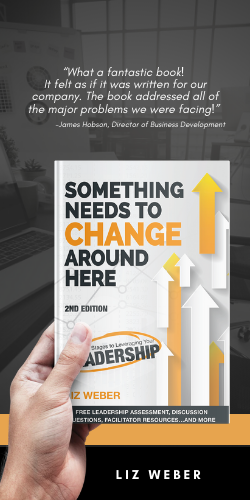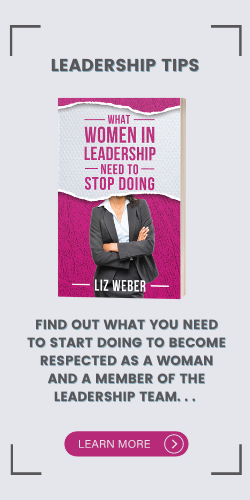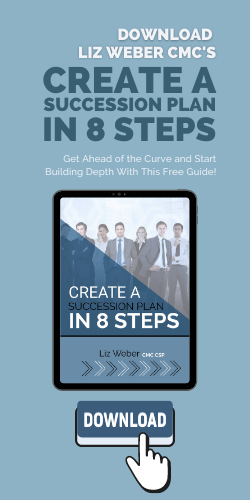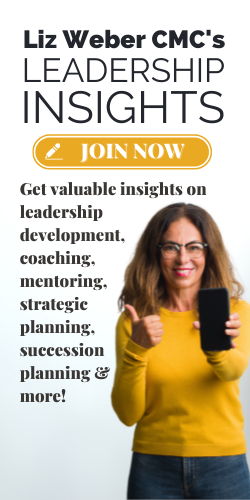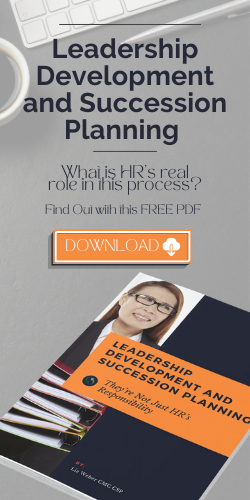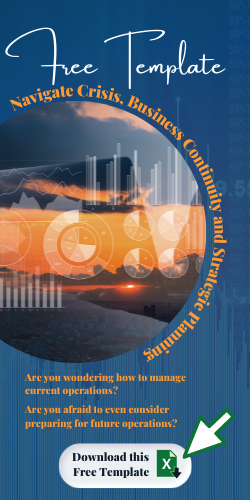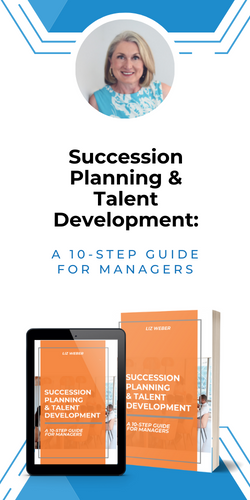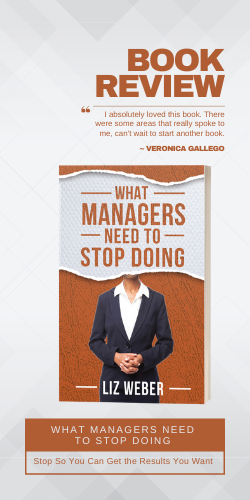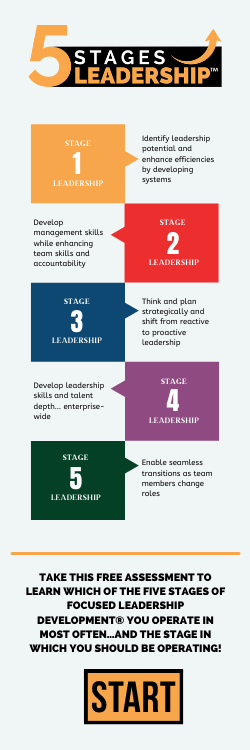Wouldn’t it be great if the next time something unexpected happened, your team spent less time reacting and more time taking action? It may sound impossible, but it’s not. I’ve had several conversations with clients recently about how to develop quicker and more effective responses to the unexpected.
We’ve all come to accept that changes are and will continue to occur at faster and faster rates, so what can we do? As leaders, how can we help our teams cope? We help them get better at seeing changes before they happen.
Help them see changes before they happen
So how can we help ourselves and our teams see changes before they happen? Plan for the unexpected. Contingency planning and scenario planning are great ways to do this. So is objectively looking at what happens when the unexpected occurs. How do we respond? Depending upon the severity of the situation, we may hesitate for a second, but then jump into action. In other situations, we take much longer to process what’s occurring. Then we need several meetings to discuss this situation with our colleagues and others, and finally we start plotting a way forward. Finally, in some situations, we might just freeze and believe we have no path forward. Any of these situations – without us realizing it – are examples of how we’re modeling The Change Curve developed by Elisabeth Kubler-Ross. I’ve shared this model in various ways with my executive teams and boards for years because it objectively and visually helps them understand what they and their teams are doing to either move forward when change happens or allow it to stall a team.
Dr. Kubler-Ross’s Change model is most commonly referred to as the 5 Stages of Grief:
- Shock & Denial
- Anger
- Bargaining/Exploration
- Depression
- Acceptance/Commitment
Whether we’re losing a loved one or we’re losing the way we’ve processed widget sales for the past three years, we experience a change and a loss. Some changes and losses are great. They’re obvious improvements. Other changes feel neutral to us and just require us to adjust to a new way. While other changes really irritate us because we don’t like the new reality we now have to live with; we prefer the prior one. Again, however severe the change, we – individually and as a team – move through the stages of Grief/Change – whether we realize it or not.
However severe the change, we – individually and as a team – move through the stages of Grief/Change – whether we realize it or not.
Let’s look at an example. Let’s say there is an unexpected power outage at your home office or preferred remote workplace. What do you do?
- Shock & Denial – When you first realize or hear you have lost power, you would probably and understandably be shocked by this unexpected disruption to your already overloaded schedule. However, the days of simply behaving as if ‘it’s a snow day’ so you now have a day off, are gone. Remote work has eliminated that excuse. If you can’t work in one location, find another.
- Anger – After the initial shock wears off, you also now realize, your plans of working from home in your slippers, yoga pants, and sweatshirt are shot. You’ll now have to hustle to get dressed and drive to the office so you can lead the days’ virtual meetings from someplace quiet.
- Bargaining/Exploration – As you drive to the office, you continue to consider other work locations you could use if this ever happens again. When will Starbucks provide private meeting rooms?
- Depression – As you wait to make the final left turn into your office parking garage, you realize on the way home you’re going to have to deal with rush hour traffic as well as road closures because of the new bridge that’s being built.
- Acceptance/Commitment – Finally, as you walk off the elevator and head towards your office, you pass and talk with several team members and realize it’s not such a terrible way to spend your day.
This basic example is intended to show that with even minor changes, we move through The Change Curve without realizing it.
What would happen if you were told you had 18 months to implement a major software upgrade to enable end-to-end digital processing and tracking of all customer orders and interactions? If you already have this capability, it’s a non-issue – right? But what if you don’t? What if you still worked in an organization that was heavily paper dependent? How would that expectation and timeframe cause you to behave? Would you be stuck in the first stage or two of Change? Would you jump to Bargaining/Exploration because you’ve been pushing for this upgrade for years? Every change we face causes us to move through these stages. Again, whether we realize it or not.
So, how can this information help you as a leader? The more situations you put in front of your leaders and teams to think about, plan for, and consider – before they occur – the quicker they will be able to act when unexpected situations occur. Why? Because they will have already visualized, talked about, and planned for these or similar scenarios. They won’t be as shocked by the change event because in their minds’ eyes, they’ve experienced this before. They’ll then be able to move out of the first two changes of Change much more quickly, and move into the Bargaining/Exploration stage to act and identify ways to move forward effectively.
The more situations you put in front of your leaders and teams to think about, plan for, and consider – before they occur – the quicker they will be able to act appropriately when unexpected situations occur. Why? Because they won’t be as shocked by the change event because in their minds’ eyes, they’ve experienced this before.
This is why scenario planning and contingency planning are so powerful and important. They help you and your team members become comfortable in seeing things before they happen. When you do that, you’re able to act instead of react. Help your leaders and teams see changes before they happen.
Copyright MMXXIII – Liz Weber, CMC, CSP – Weber Business Services, LLC – www.WBSLLC.com +1.717.597.8890
Liz supports clients with strategic and succession planning, as well as leadership training and executive coaching. Learn more about Liz on LinkedIn!






